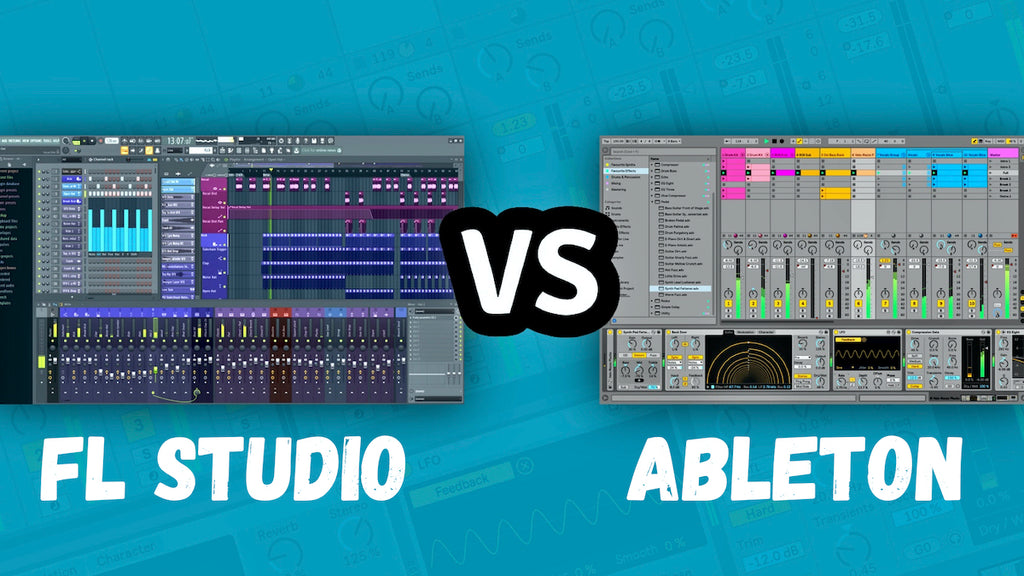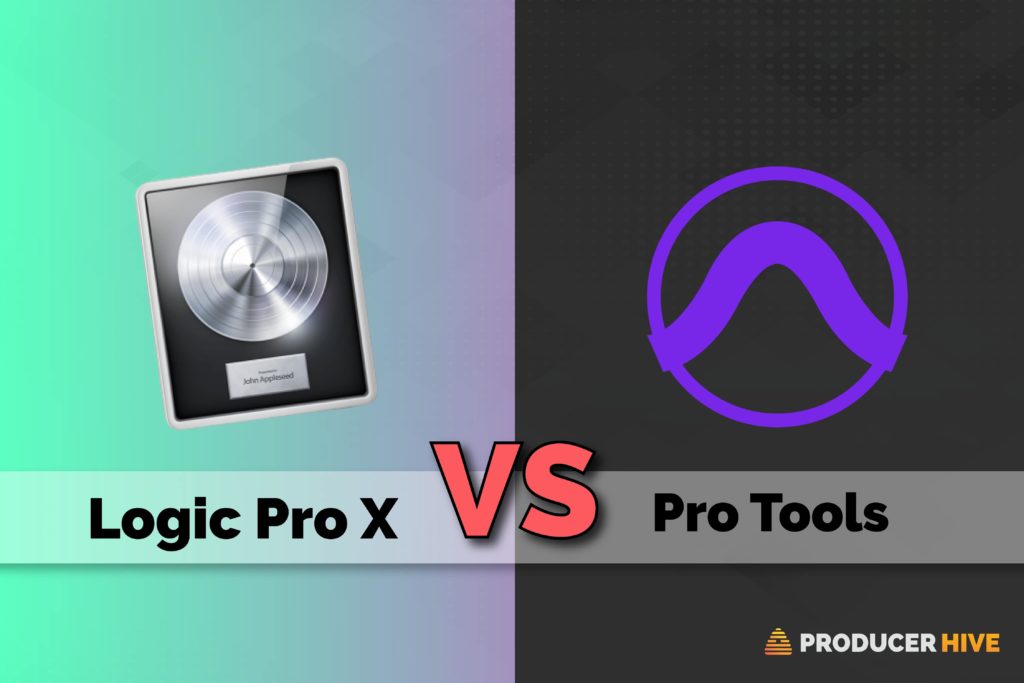
A track with an instrument plugin and then an effect plugin inside of it represents the flow of data from the clips in the track to the instrument plugin and then to the effect plugin, and finally to the mixer. The flow of data through instruments and effects is controlled by the placement and routing of track objects. Cubase, Sonar, REAPER, Ableton Live, Podium, Studio One, Renoise and most other packages follow this concept to some degree, some more powerfully than others. In some, the tracks themselves represent a modular or directed acyclic routing of the contents they enumerate. Now things diverge somewhat among digital audio workstations.

Waves and messages in clips, clips in tracks. The paradigm adopted by nearly every digital audio workstation is as follows:Ī track is an abstract carrier for a signal of sequence data (in the form of discrete messages, usually MIDI or a generalization of such used internally by the sequencer) or a stream of audio (a continuous buffer of sampled wave data.) A clip is an encapsulation of sequence or audio data, which resides in a track or an abstract storage device (such as an object browser or media pool.) A clip in a track signifies what data will be enumerated by the track over a period of time.

Perhaps they are afraid of looking like an academic research project instead of a useful tool to musicians. Perhaps people are slow to change, or the creators of audio software are afraid of models which challenge the existing paradigm. However, most audio software packages have not taken any steps to further the move away from the traditional studio model. When VST was created, the realization was made that the effect modules, which used to sit in racks, could simply be put directly onto the tracks (which were themselves modeled after the mixer and tape machine configuration in studios) without needing an explicit modular system to wire them together.Īt this point, the line between discrete sound modules, tape tracks, and audio sources was removed. Audio is carried along cables through other modules and into a mixing board, which feeds the tape machine tracks.

Instruments are things held by humans, or modules which sit in racks. In a physical studio, audio is recorded to tracks.

The fundamental model that VST reproduces is that of its namesake, a "virtual studio" where you send sequence data or audio into modules which output audio. They have mostly replaced large studio installations used to create produced music. I am assuming you are familiar with digital audio workstations.


 0 kommentar(er)
0 kommentar(er)
